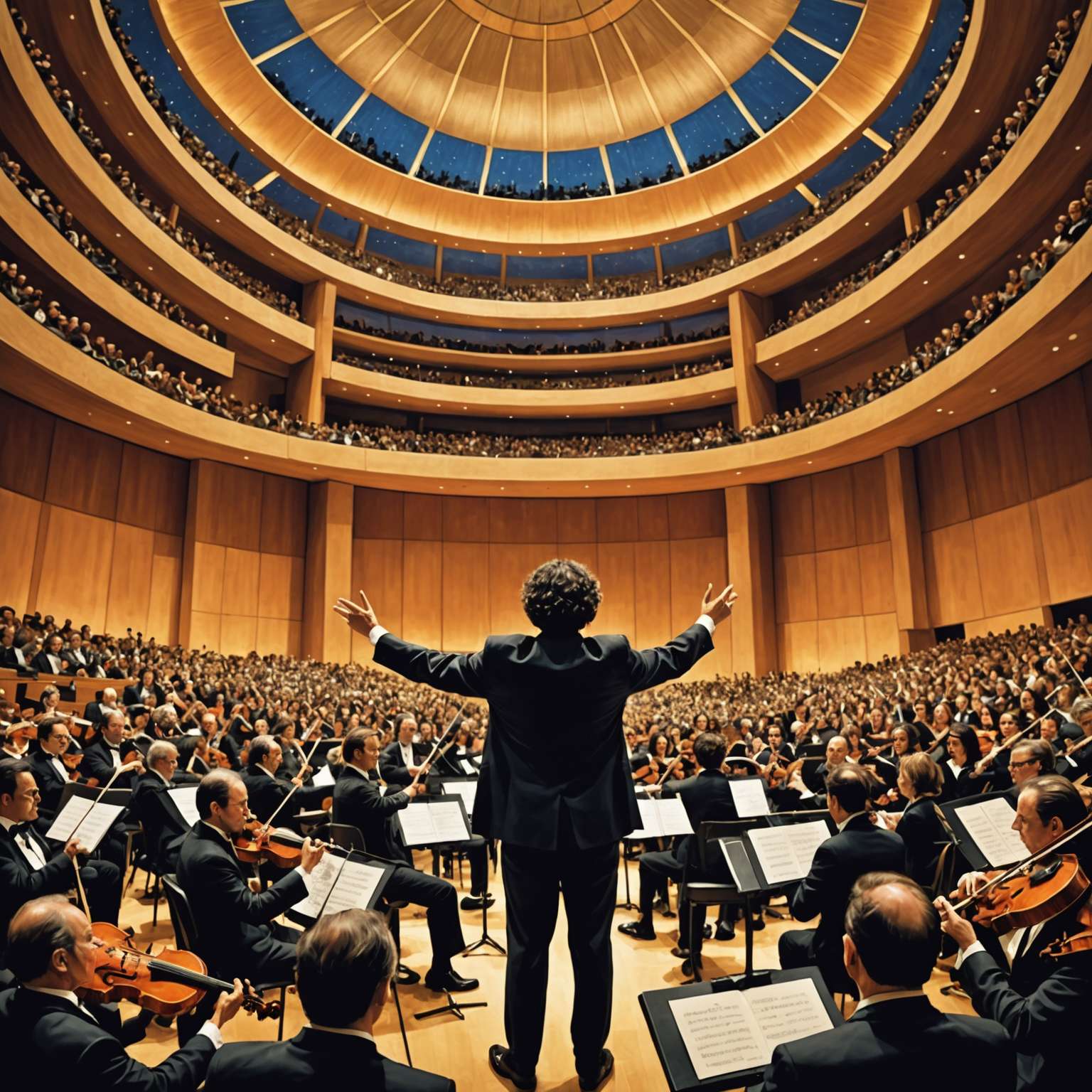
How Wilshire Boulevard’s Transformation Could Redefine Los Angeles’ Urban Landscape
- The plan includes removing pavement to expand MacArthur Park by the equivalent of two football fields, creating more green space for the community.
- A federal grant covers most of the $2.5-million effort, part of a larger campaign to redress harm caused by road construction.
- Michael Schneider, who championed Measure HLA, calls this the boldest closure of a major arterial street in Los Angeles in recent memory.
A significant transformation is on the horizon for one of Los Angeles’ most iconic streets. Wilshire Boulevard, a major artery that runs through the heart of the city, may soon be car-free. This bold initiative aims to reclaim public space for pedestrians and cyclists, reflecting a broader shift in urban planning and public policy.
The proposal focuses on a small section of Wilshire Boulevard that bisects MacArthur Park. This area, rich in history and cultural significance, has long been a bustling hub for traffic. However, city leaders are now taking the first steps toward eliminating vehicles on this less than half-mile stretch. The plan includes removing pavement to expand the park by the equivalent of two football fields, thereby creating a more welcoming and accessible green space for the community.

Historical Context and Community Impact
The decision to split MacArthur Park with Wilshire Boulevard was made nearly 90 years ago, prioritizing traffic over community connectivity. This move significantly altered the neighborhood’s character, affecting everything from safety to air quality. The current proposal seeks to redress these historical harms by reconnecting the park and prioritizing people over cars.
The targeted span of Wilshire Boulevard is located in a dense, immigrant community characterized by poverty and street culture. MacArthur Park, with its playgrounds, grass fields, and palm trees, has long been a haven for families but also a hotspot for drug use. The proposed changes aim to open the neighborhood to new possibilities, focusing on the needs of the people rather than vehicles.
Eunisses Hernandez, whose district spans the Eastside, emphasized the importance of dreaming bigger and better for a community in dire need of investment. Planners hope to extend the greenbelt toward Lafayette Park, less than half a mile west, further enhancing the area’s appeal.
Challenges and Controversies
While the initiative has garnered significant support, it is not without its challenges. Critics argue that increased traffic on surrounding streets could exacerbate existing issues. MacArthur Park itself faces numerous problems, including drug use and homelessness, which some believe will not be solved by eliminating the roadway.
Cristina Chavez, a local resident, expressed concerns about safety, particularly for children. “It’s dangerous,” she said, noting that she won’t let her sons visit the park alone due to the prevalent drug use and homelessness. Despite these concerns, city officials are committed to a multilayered approach to make the park a place where people want to go.
The $2.5-million effort in MacArthur Park is mostly covered by a federal grant and is part of a larger campaign to redress the harm caused by building roads that fractured communities. Several projects in the county have received funding, including $3.59 million for a park over the 101 Freeway.
Reimagining Public Spaces
The move to close Wilshire Boulevard is part of a broader trend to rethink urban spaces and reduce dependency on cars. During the pandemic, streets devoid of cars became popular for walking and outdoor activities. Cities like San Francisco have kept some roadways closed to cars, and these experiments have inspired activists in Los Angeles to reclaim space from automobiles.
Michael Schneider, who ran a successful campaign to pass Measure HLA, which forces Los Angeles to build more bicycle paths and make room for pedestrians, praised the initiative. “It’s bold,” he said, noting that it could be the boldest closure of a major arterial street in Los Angeles in recent memory.
The Park Block Pilot, modeled after Barcelona’s Superblocks, is another initiative aimed at creating car-free spaces in Los Angeles. This program restricts traffic to certain roads, opening city blocks to pedestrians and cyclists. Since its implementation in 2016, Barcelona has seen reductions in air pollution, urban noise, and traffic fatalities, along with increased social interaction and well-being among residents.
Our Advice on the City
For those planning to visit Los Angeles, consider exploring the new car-free sections of Wilshire Boulevard and MacArthur Park. These areas offer a unique opportunity to experience the city in a more pedestrian-friendly way. Take a leisurely walk or bike ride through the expanded park space, and enjoy the vibrant community atmosphere.
For seasoned travelers, delve deeper into the city’s evolving urban landscape. Explore other car-free zones and pedestrian-friendly areas, such as Griffith Park and Broadway in downtown Los Angeles. These spaces reflect a growing trend toward more sustainable and people-centric urban planning.
In conclusion, the transformation of Wilshire Boulevard represents a significant step toward reclaiming public spaces for the people of Los Angeles. This initiative not only addresses historical injustices but also paves the way for a more sustainable and connected urban environment. Whether you’re a local resident or a visitor, take the time to explore these new spaces and reflect on the positive impact they can have on the community.
- Official site of Council District 1, providing information on local initiatives and projects, including the Wilshire Boulevard transformation
- Official website of the Los Angeles Department of Transportation, with news and updates on the Wilshire Boulevard transformation project.
- Official City Planning website with initiatives on urban design and green infrastructure
Trending now








